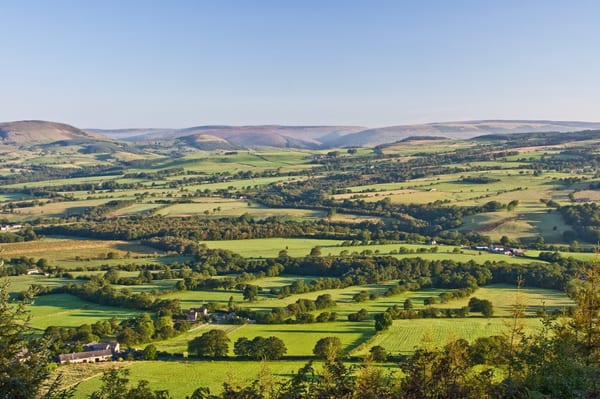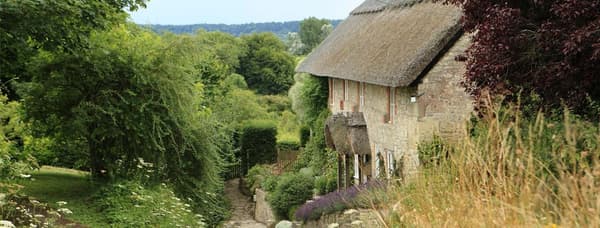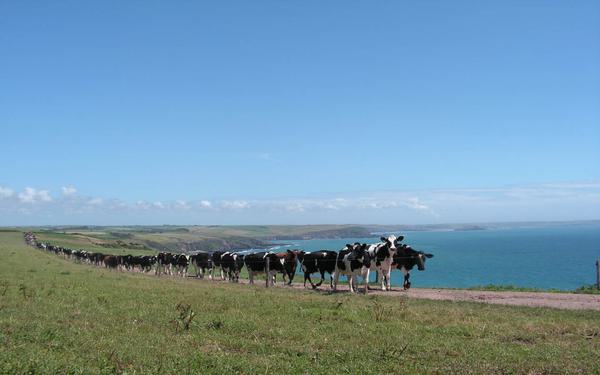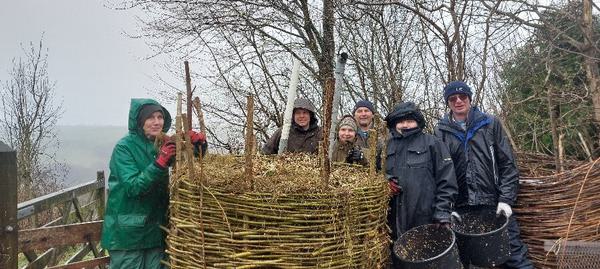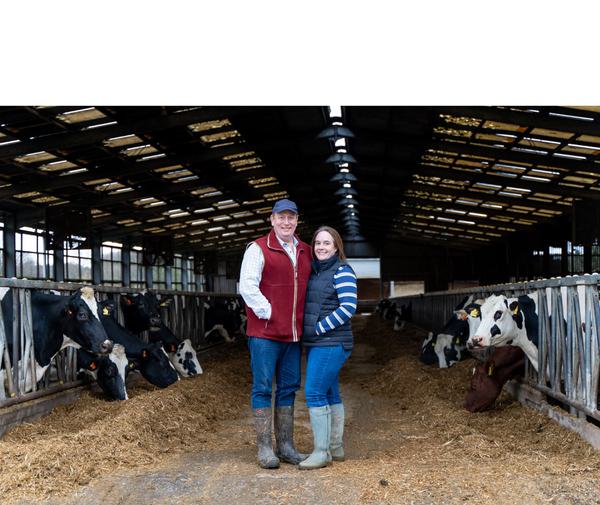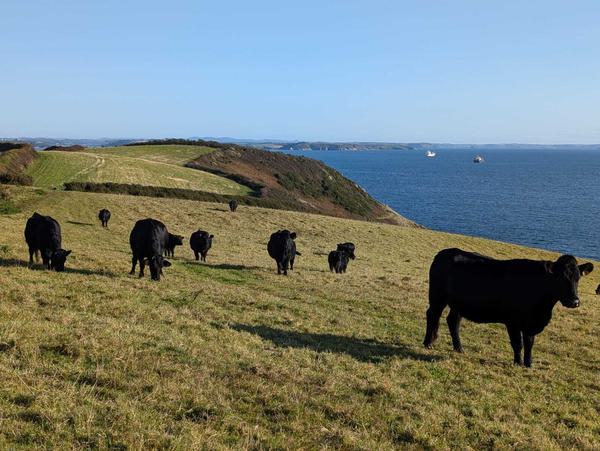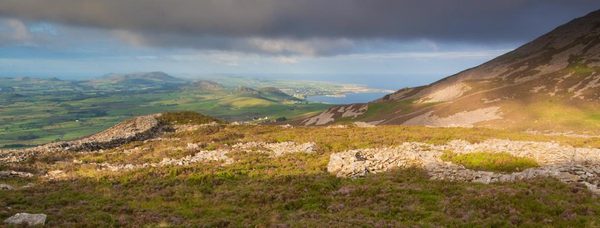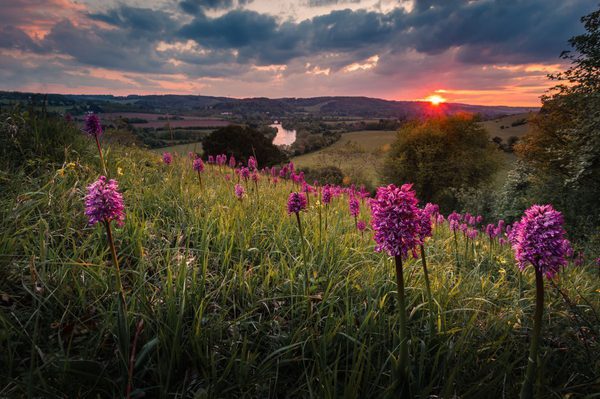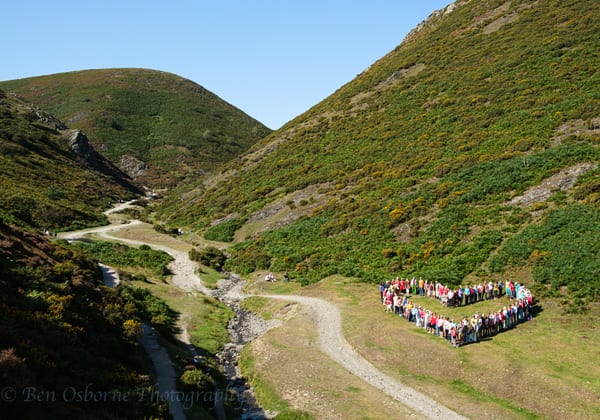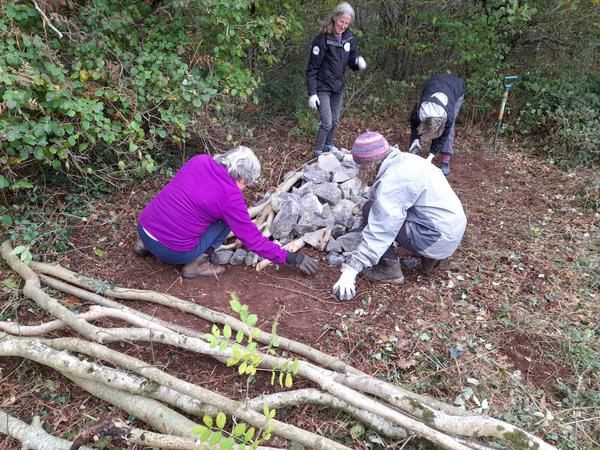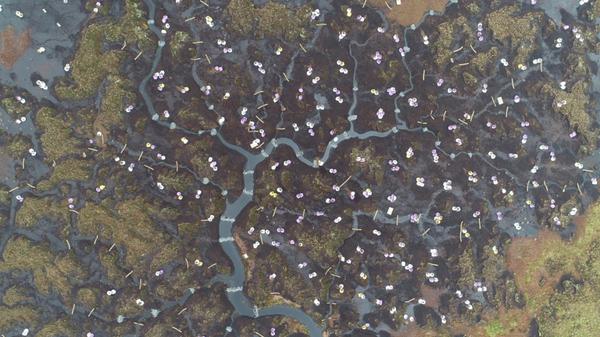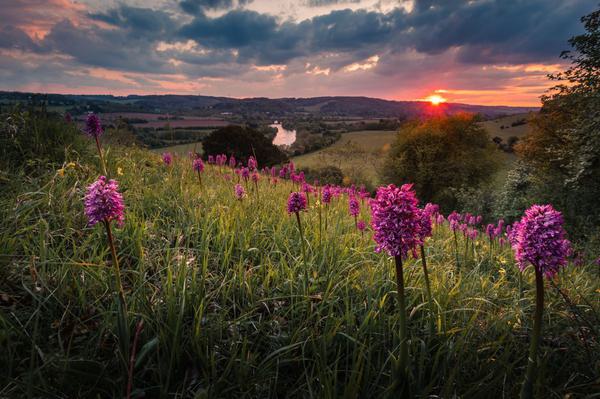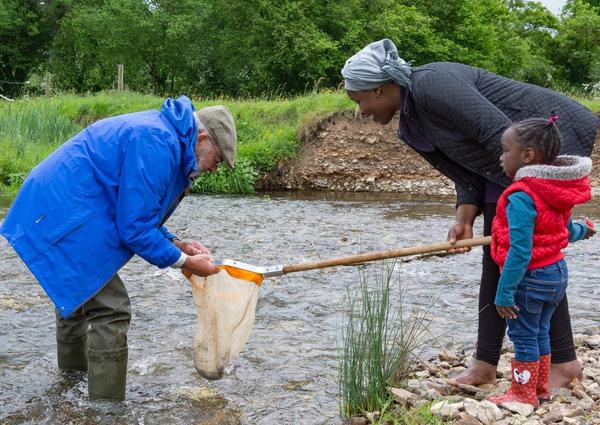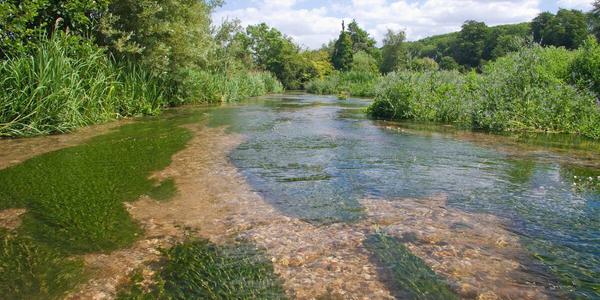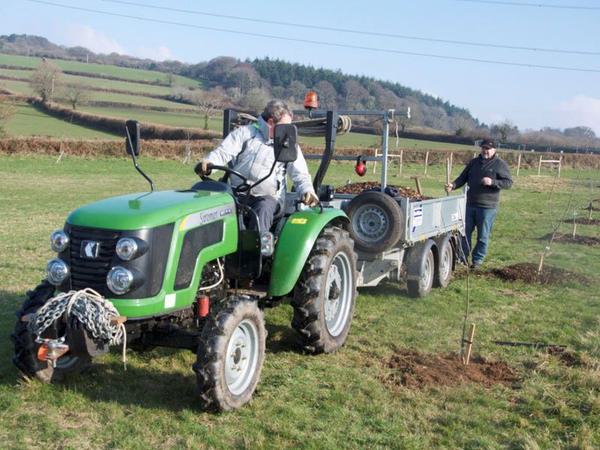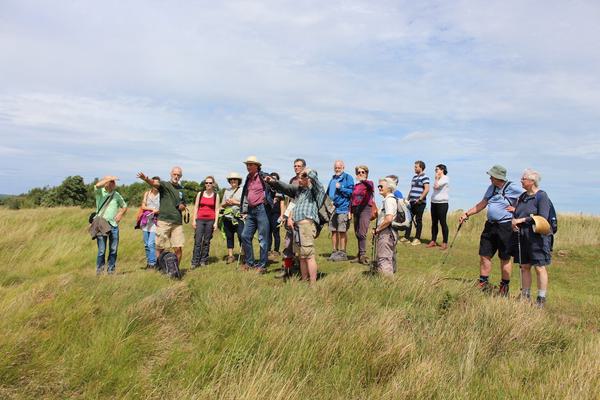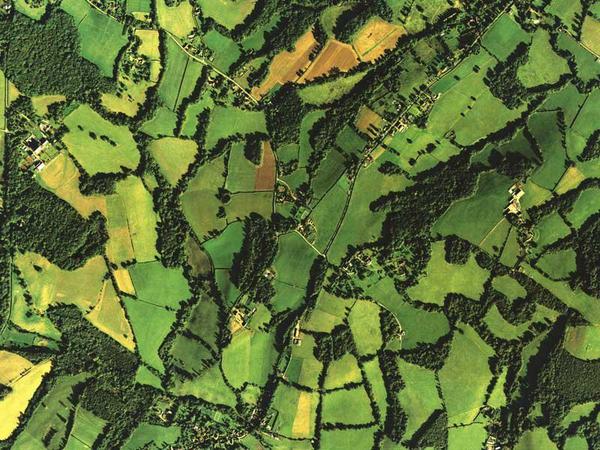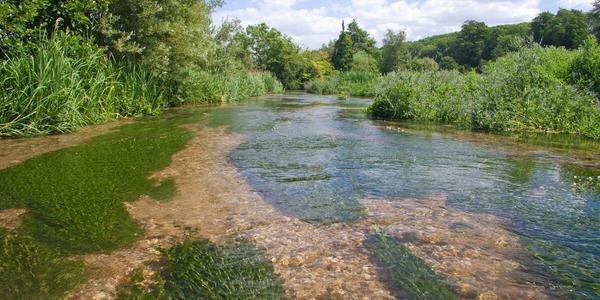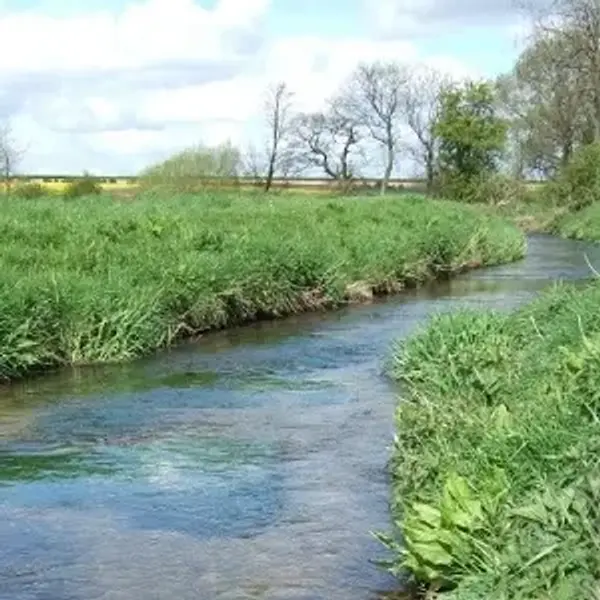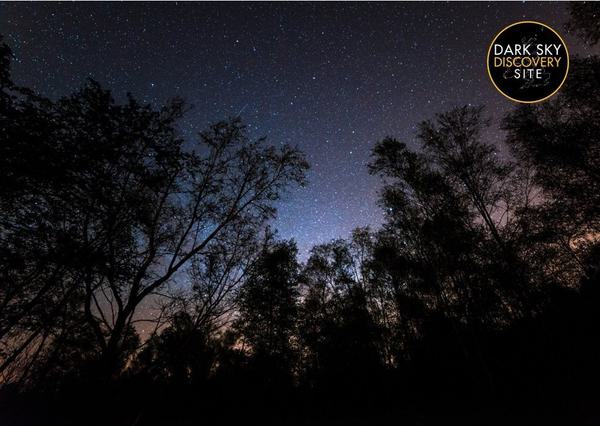
Our work
Climate & Nature
National Landscapes are front line of the response to the climate and nature crises. Building on previous experience, recent work stems from The Colchester Declaration (2019) to protect what remains of nature and restore what has been lost. Future National Landscape management plans will also include meaningful measures around climate change mitigation, adaptation and targets to support Net Zero.
In 2021, we signed the Global Protected and Conserved Areas Joint Statement on Climate Change and Biodiversity. We are proud to unite for nature with so many other protected landscape organisations throughout the world. The statement illustrates our absolute commitment to delivering on the challenge to being part of the first 30% of the globe to be protected for nature, safeguarding our planet for the generations that follow.
Many National Landscapes now have Nature Recovery Plans with ambitious targets for nature recovery and all will have nature recovery targets incorporated in the next round of Management Plans, along with targets supporting Net Zero. Through the National Landscape Association, we also work to influence how climate and nature policy is developed and applied to help National Landscapes enhance the crucial work individual National Landscape teams achieve through working with their partners.
We also work across Protected Landscapes (National Landscapes, National Parks and National Trails) at a super-landscape scale. The Great North Bog, which contains 92% of England’s upland peat has been leading the way in peat restoration, whilst Big Chalk aims to restore a mosaic of habitats at scale across the calcareous (chalk and limestone) landscapes of southern England and covers 19% of the country.
Areas of Work
Related
Stay up to date
Sign up to our e-bulletin







































